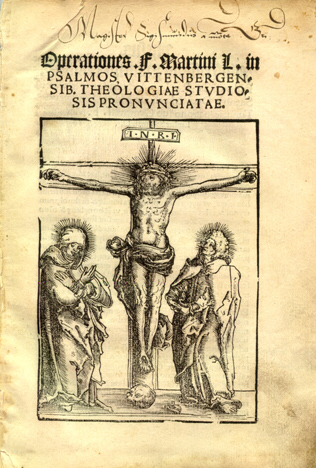I love the press of letters in thick paper,
the roughness sizzles my fingers
with centuries of craft embedded in pulp old rags,
my hands caress the leather of old bindings
crumbling like ancient gentlemen.
Jerry Stern
 In this day of technology and rapid information service and growth many decry the soon extinction of the book. Ah, but when someone handles and, as the author of the above work states, caresses a fine rare book, one does not easily look to its demise. Books are wonders. They are thoughts distributed to the world. They are invitations to new possibilities and new horizons. Technology does not take this away, it merely supplements it.
In this day of technology and rapid information service and growth many decry the soon extinction of the book. Ah, but when someone handles and, as the author of the above work states, caresses a fine rare book, one does not easily look to its demise. Books are wonders. They are thoughts distributed to the world. They are invitations to new possibilities and new horizons. Technology does not take this away, it merely supplements it.
Special Collections has wondrous examples of the power of the book, as presenter of ideas and as art. Special Collections’ foundational collection, SC-01, was a gift from rare-book collector William Sanford Akin. His immense gift of thousands of books that are worth hundreds of thousands of dollars was given in the memory of his dear friend, V. Raymond Edman. This collection contains one of the most extensive collections of English dictionaries by Samuel Johnson in the country along with hundreds of editions of Bunyan’s Pilgrim’s Progress. This collection is a rich resource for the college.
 Another collection worthy of attention is the general Rare Book collection, SC-10. In this collection we have a treasure trove of unique items. The earliest item in our holdings is Operationes in psalmos by Martin Luther and published in 1519. This work was written while Luther was still within the Roman church struggling for reform and before he made his historic statement at the Diet of Worm in 1521, “Here I stand, I can do no other.” Another Luther item is Philipp Melancthon’s oration at Luther’s funeral. This is bound together with four sermons that Luther gave just prior to his death. Both were printed in Wittenberg in 1546, the year Luther died.
Another collection worthy of attention is the general Rare Book collection, SC-10. In this collection we have a treasure trove of unique items. The earliest item in our holdings is Operationes in psalmos by Martin Luther and published in 1519. This work was written while Luther was still within the Roman church struggling for reform and before he made his historic statement at the Diet of Worm in 1521, “Here I stand, I can do no other.” Another Luther item is Philipp Melancthon’s oration at Luther’s funeral. This is bound together with four sermons that Luther gave just prior to his death. Both were printed in Wittenberg in 1546, the year Luther died.
Is the book dead? By no means! Despite statements that books are soon to be ephemeral, the book is a symbol of longevity. Western culture is intrinsically tied to the written work, especially as exemplified in the book and its legacy of constancy is welcome in today’s world. Will communication methods change, certainly, as they have for centuries. However, there is nothing like caressing the “leather of old.” I’d urge you to visit the Special Collections and see the abundant storehouse of rare books awaiting you.